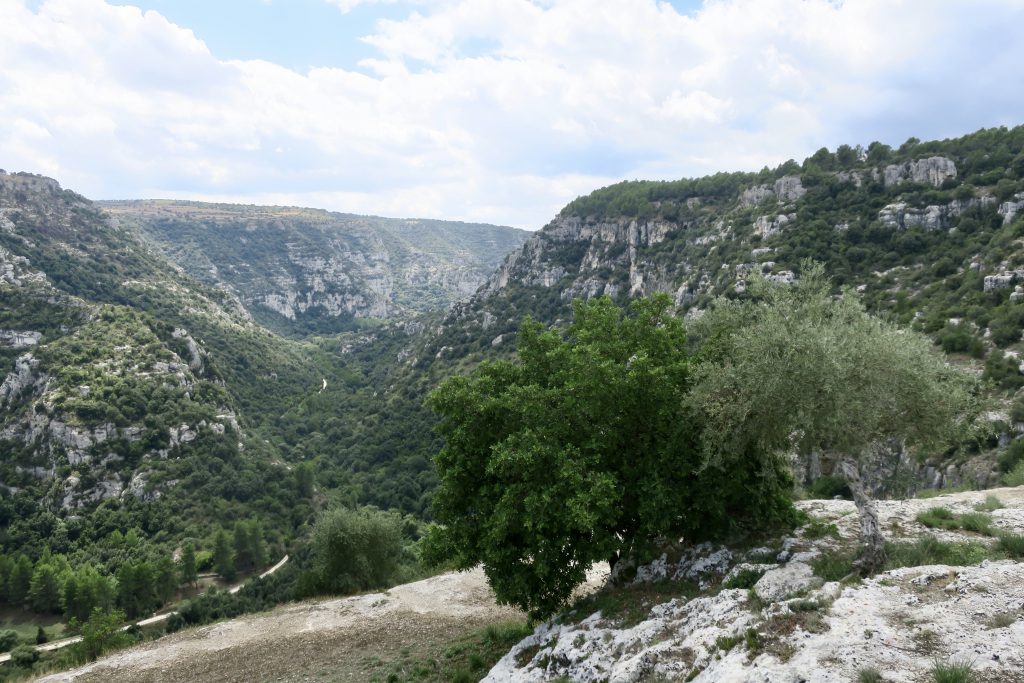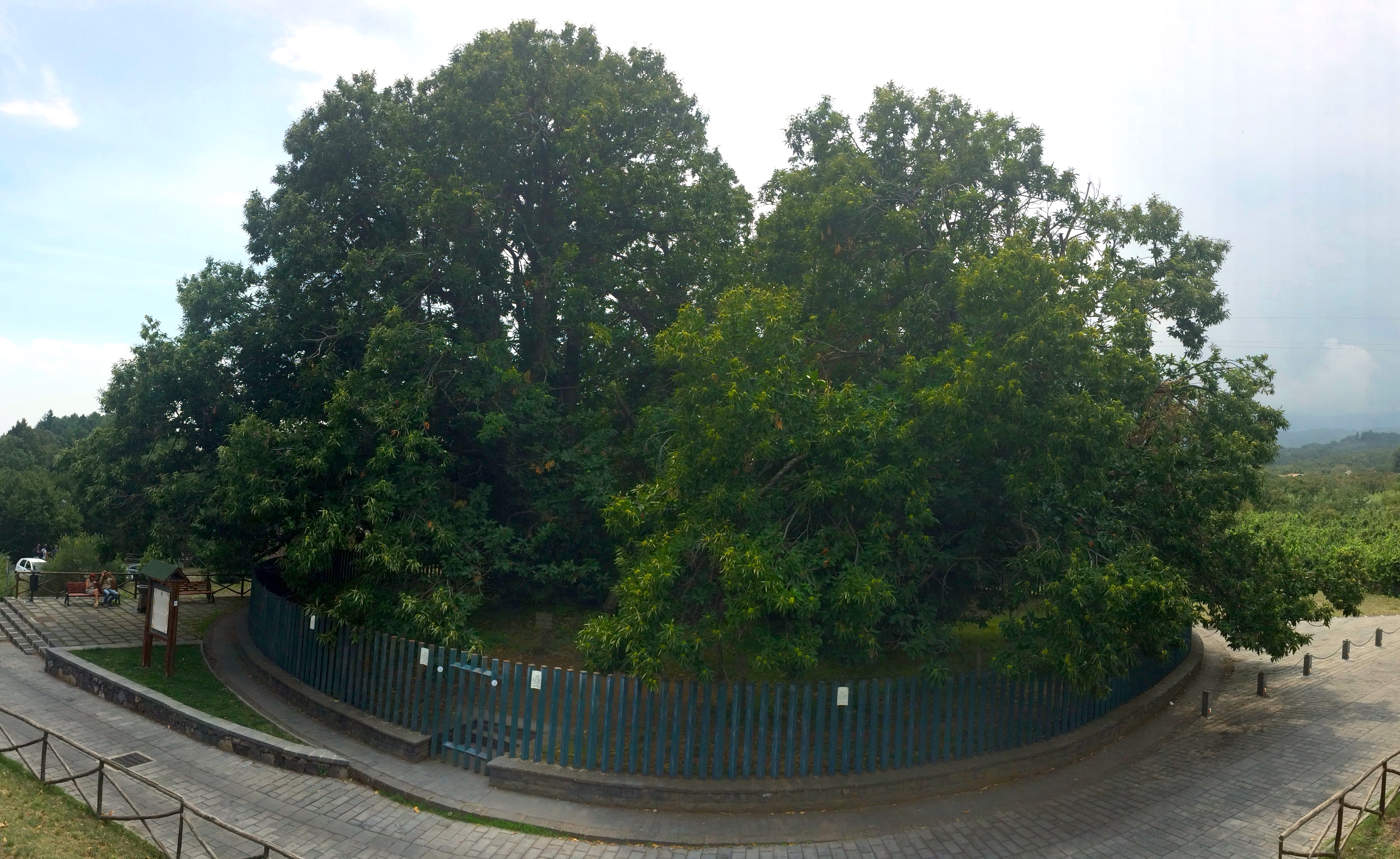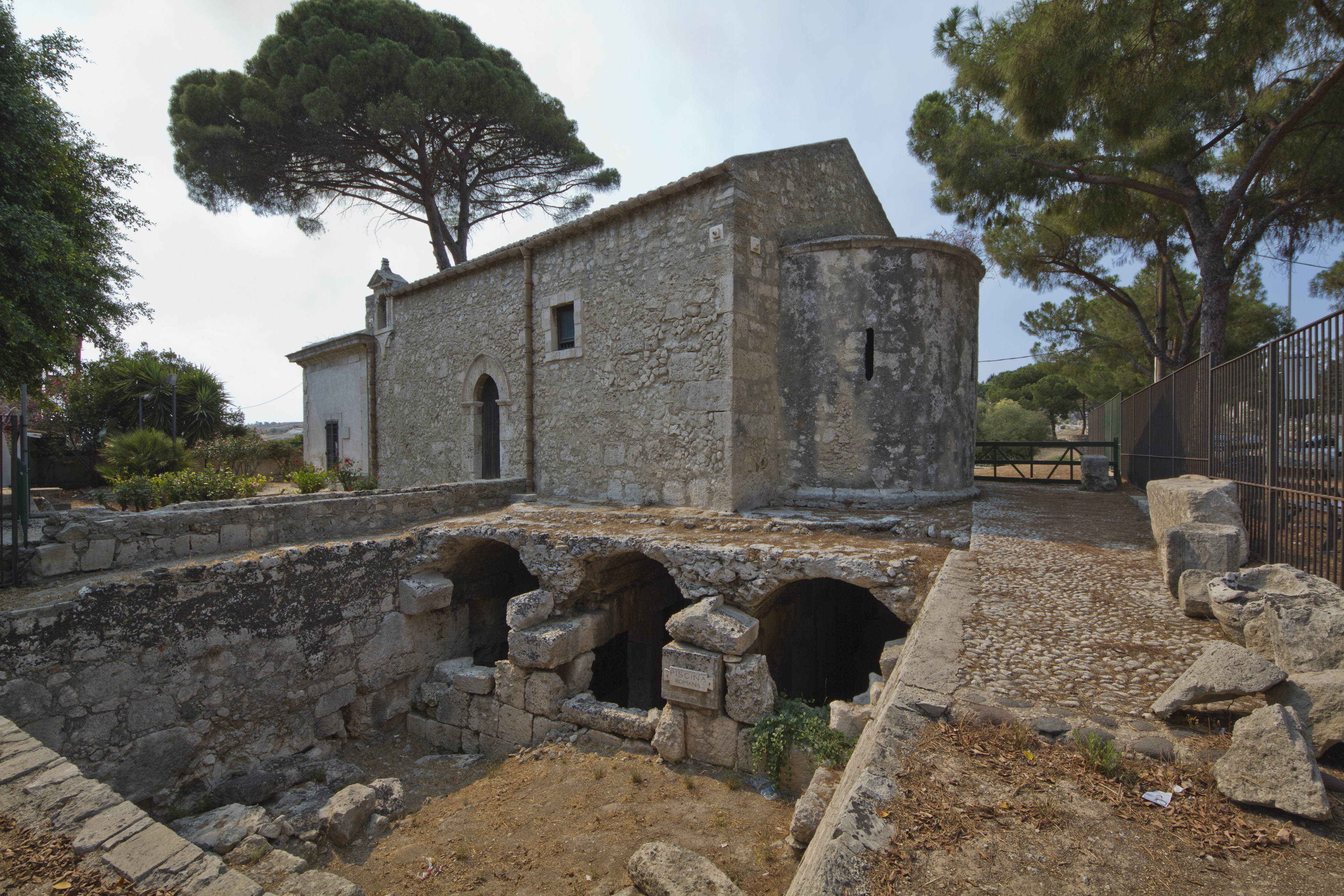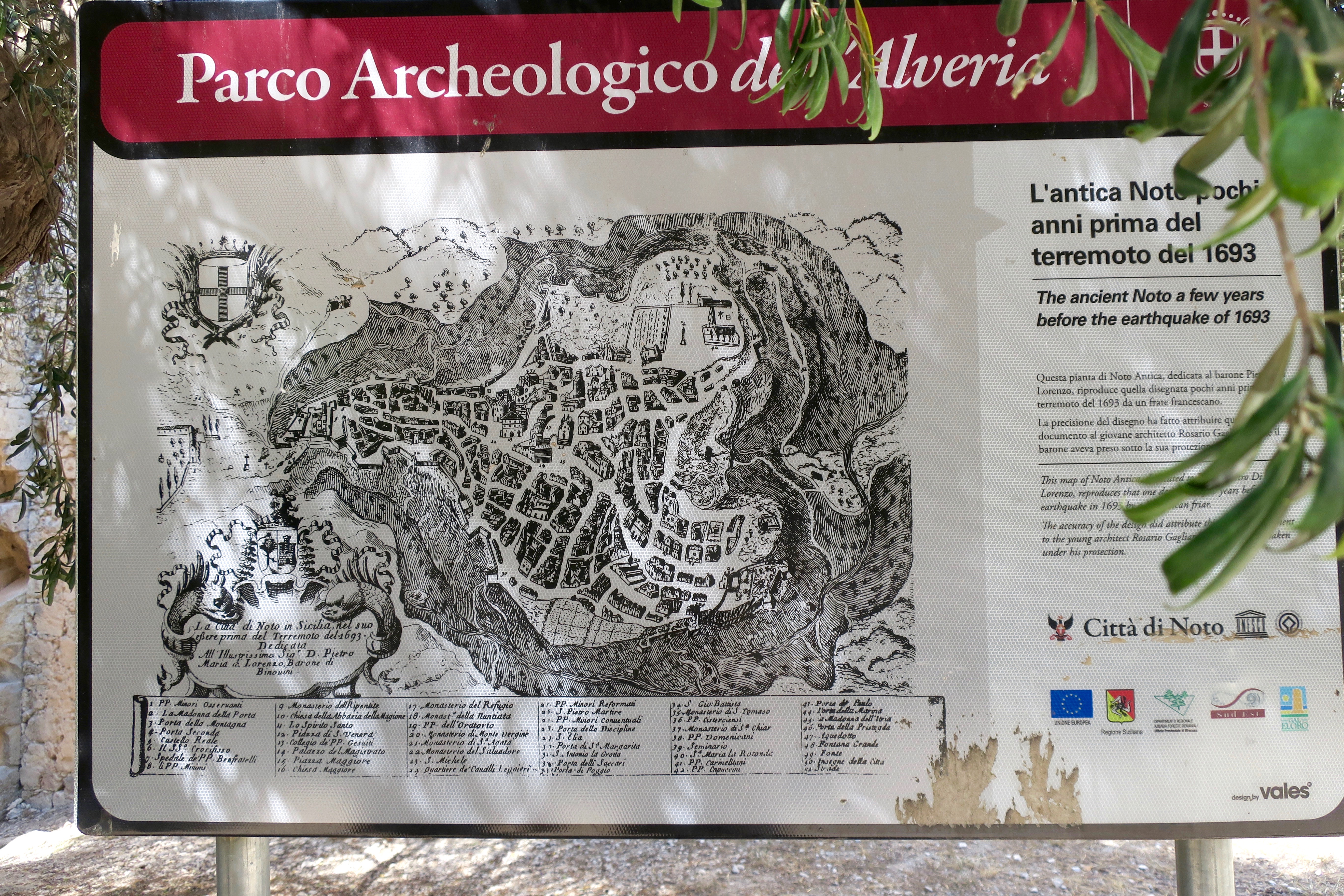This is the most beautiful film. I posted it here five years ago but it had disappeared, so catch it now while you can, before it goes again. It’s a film unlike any other. Time passes slowly from one life to another. From goatherd to goat to tree to charcoal.
We each have four successive lives within ourselves; each one contained within the others. We are mineral; we are made of salt, water and organic matter. We are vegetable; like plants we breathe, reproduce and nourish ourselves. We are animal; we have imagination, memory and knowledge of the outside world. In the end we are rational beings; we possess will and reason. We each have four distinct lives within ourselves… and so we must discover ourselves four times.











